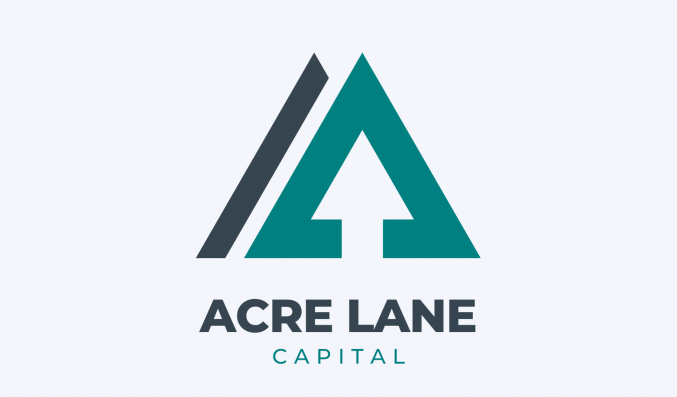Alternatives to Bridging Finance – What are my options?
By Helen Jackson

Bridging finance can be great in certain situations (i.e. bridging a gap before securing a mortgage or buying a property at auction). Still, they might not be right for you, so what are the alternatives out there?
In this guide, we’re exploring alternatives to a bridging loan, so you have a better idea of what suits your needs best.
When may a bridging loan not be the best option for me?
To secure bridging finance, lenders usually expect borrowers to part with at least a 25% deposit, which is a lot. So if you don’t have enough money for this deposit, a bridging loan might not be the best option for you.
You also have to account for additional fees, including valuation fees, arrangement fees etc.
Bridging finance is usually short-term in nature and is repaid within 12 months, so if you’re looking for a longer-term loan, you might want to consider alternatives.
Alternative financing options to bridging loans
Before you take on any debt, it’s important to research all your options. After all, there might be an alternative to bridging financing that better suits your needs.
Remortgaging
What is Remortgaging?
Remortgaging is where you move your mortgage to a brand new or existing lender to get a better deal on interest rates or to release equity in your property to fund property development. It’s widely considered a good alternative to bridging finance.
How does remortgaging work and how does it differ from Bridging Finance?
When you’re tight on cash, you might want to consider remortgaging as an alternative to bridging finance to release equity in your property to fund renovation work.
The main difference between bridging finance and remortgaging is that although remortgaging can take longer (usually between six and eight weeks), it can work out cheaper in the short term — you do not have to repay the money immediately.
However, you should be aware — although you’re spreading your repayments over a considerably longer period with remortgaging, you will end up paying more over the course of the mortgage repayments.
What can remortgaging be used for?
You can remortgage to release equity to renovate your property, i.e. a new kitchen or loft conversion. Or you might just want to free up some cash to use elsewhere.
You can also remortgage to access better interest rates with another provider.
What are the advantages of remortgaging over bridging loans?
- You can borrow at lower interest rates
- You can release equity to free up some cash
- Remortgaging means, you consolidate your debts into one payment each month
What are the disadvantages?
- You’re stretching out your debt, which ultimately means you’re paying more interest
- You might come across additional fees in your remortgaging application (e.g. exit fees, solicitor fees etc.)
- It takes longer to set up than bridging finance
Using personal savings (or getting a loan from family)
What do we mean by personal savings?
Savings you have saved yourself and have access to from your personal bank account, or you might have willing family members who are lending you some money from their account.
This financing option could be quicker and is certainly cheaper than filling out a loan application.
How does using personal finance work and how does it differ from Bridging Finance?
It’s money from your own pocket, which means you don’t have to find a suitable lender, and you don’t have to go through the lengthy loan application process. Furthermore, any legal loopholes do not hold you up; you can move straight away on your project.
What can personal savings be used for?
Personal savings can be used to put down a deposit on a new property or help renovate and carry out construction projects. You can pretty much use them for anything you like — it’s your money with no strings attached!
What are the advantages of using personal savings or using a loan from family over bridging loans?
- No interest to repay
- No lengthy loan applications
- No credit check required
- No time restrictions — you can move quickly on your project
What are the disadvantages?
- Mixing family and money can get messy
- You might pour all your savings into your project, leaving you short on cash
- You still have to repay your family members, they might ask for the money back quickly
- You could be limited by your budget, which means you might not be able to take as many calculated risks
Private Investor
What is Private Investment?
Rather than approaching a company or financial organisation, you may decide to look to a private investor to secure funding for your project. A private investor is someone with money, willing to invest their own cash, usually in exchange for equity.
How does Private Investment work and how does it differ from Bridging Finance?
Private investment differs from bridging finance in that you don’t repay the amount you’re given. Instead of you repaying the money, the private investor would receive equity from your business instead.
Private investors are more focused on the project’s viability, rather than usual lending criteria such as credit scores.
What are Private Investors used for?
They’re used by all kinds of companies needing an injection of capital to help them finish projects or grow as a business.
What are the advantages of Private Investors over bridging loans?
- You access a large injection of cash quickly, which you don’t have to repay
- You can tap into the private investor’s knowledge and resources i.e. their network
- You don’t have to go through the typical loan application process
What are the disadvantages?
- Private investors might want shares in your business or expect a return on investment from the project
- You might have to find multiple investors to meet your financial target
- It can be a lengthy process to find the right private investor
Summary
We’ve only touched on three alternatives to bridging loans; a few more popular alternatives include second charge mortgages, development finance, refurbishment loans and asset finance.
Before you sign on the dotted line for any type of finance, always speak to a specialist who can give you advice and guidance.
Read our guides to learn more about refurbishment finance and development finance.
If you think a bridging loan might be the option for you, compare lenders in our directory.










You must be logged in to post a comment.